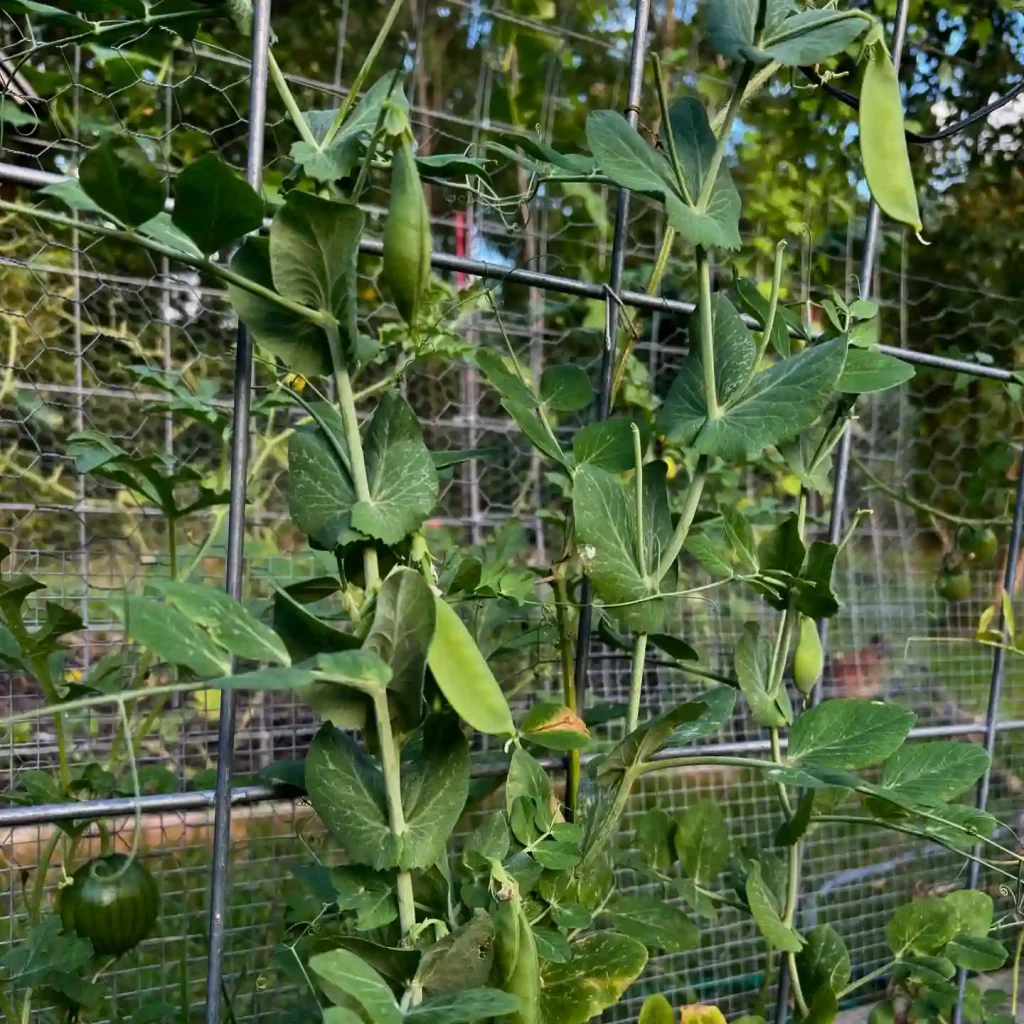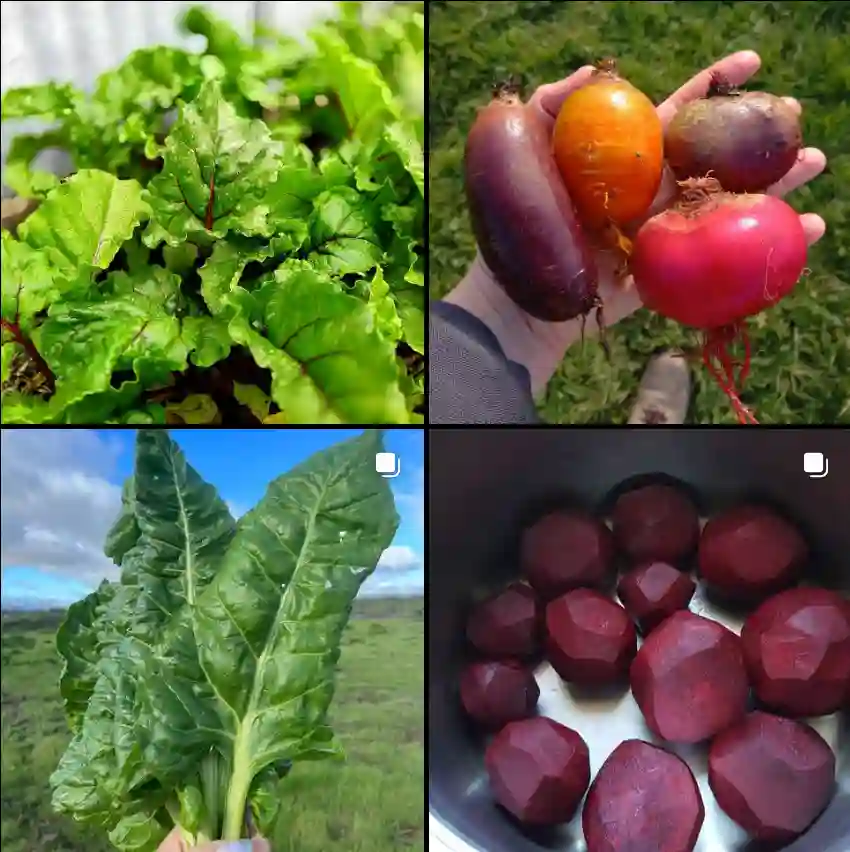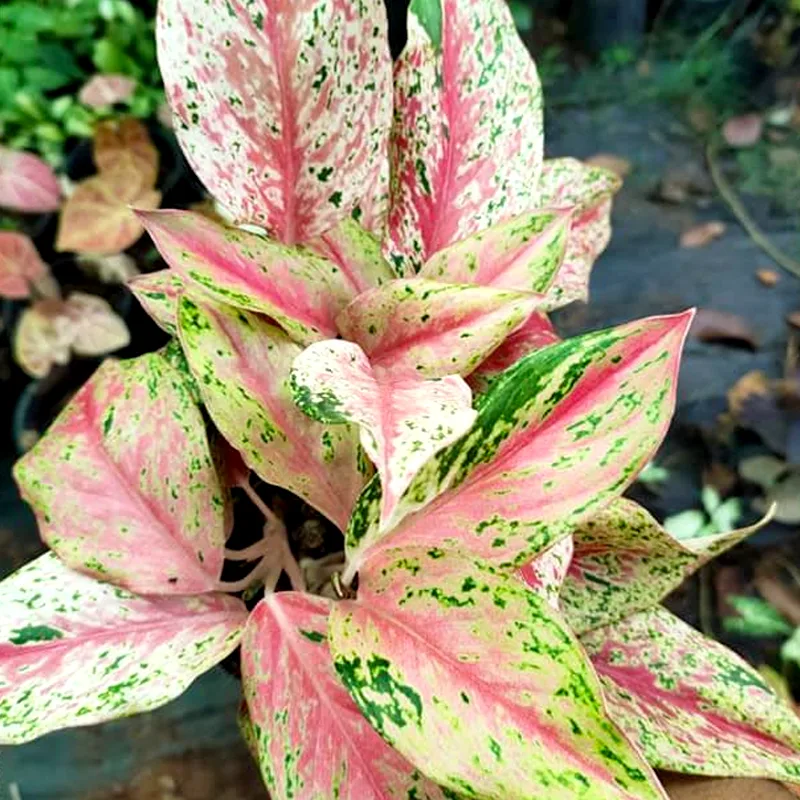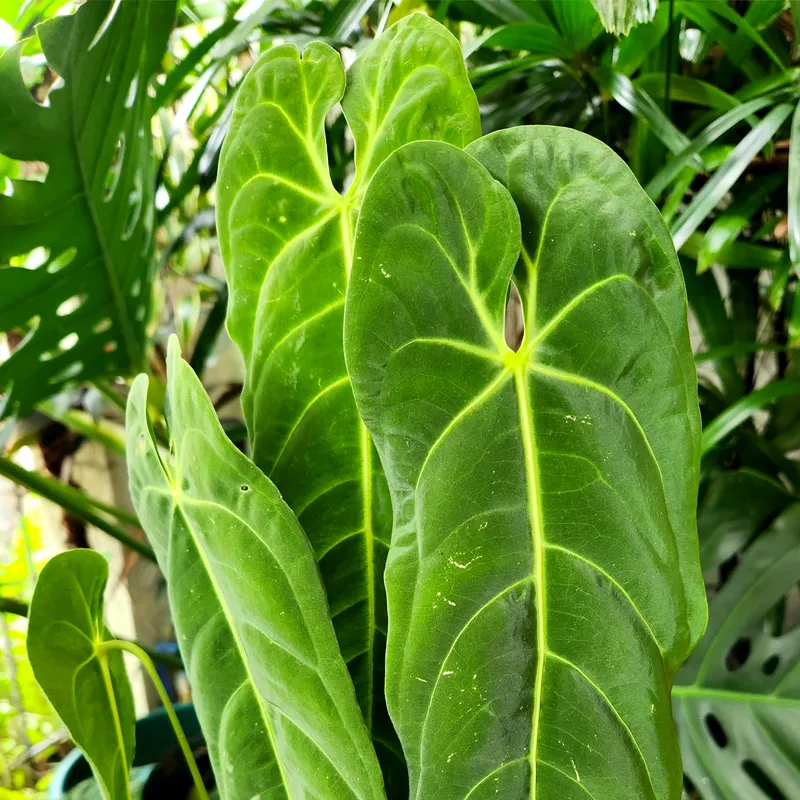FAQs About Acacia Koa
Acacia Koa, a cherished tree native to Hawaii, often intrigues enthusiasts and gardeners alike with its unique qualities and requirements. As someone who’s dived into the world of Acacia Koa, I’ve compiled answers to some of the most frequently asked questions about this fascinating species.
1091 Species in Genus Acacia
Can the Acacia Koa Be Grown Indoors?
Growing Acacia Koa indoors presents significant challenges. This tree, known for its substantial size and specific environmental needs, typically thrives in outdoor settings where it can receive ample sunlight and fresh air. Indoors, it would struggle due to limited space and light, making it unsuitable for most indoor environments.
Does Acacia Koa Have Flowers?
Yes, Acacia Koa does produce flowers. These flowers are small, yellow, and clustered together, often forming a round or ball-like shape. They are not particularly showy but add a subtle touch of beauty to the tree during the blooming season.
Does Acacia Koa Wood Contain DMT?
Acacia Koa wood does not contain DMT (Dimethyltryptamine). While some Acacia species are known for their psychoactive compounds, Acacia Koa is not among them. Its primary value lies in its durability and rich, attractive appearance, making it highly sought after for woodworking and crafting.
How Much Rainfall is Good for Acacia Koa?
Acacia Koa requires a moderate amount of rainfall to thrive. Ideally, it needs about 40 to 60 inches of rain per year. This amount ensures that the soil remains adequately moist without becoming waterlogged, which is crucial for the health of the tree.
How to Identify Acacia Koa?
Identifying Acacia Koa is relatively straightforward if you know what to look for. Key features include its compound leaves, which are arranged in pairs with small leaflets. The tree also has a distinctive, rough, and dark brown bark that becomes fissured as it matures. Additionally, the flowers are a telltale sign of the Acacia Koa.
How to Kill Acacia Koa?
If you need to remove Acacia Koa, it’s important to approach it with care. One method involves cutting the tree down and applying a herbicide to the stump to prevent regrowth. Ensure you follow all safety instructions and regulations when using chemical treatments.
What Eats the Acacia Koa Tree?
Acacia Koa trees can be affected by various pests, including insects such as beetles and caterpillars. Additionally, the tree might suffer from fungal diseases if not properly cared for. Regular monitoring and maintenance can help mitigate these issues.
What is the Difference Between Solid Koa and Acacia Koa?
Solid Koa and Acacia Koa are often confused, but they refer to the same tree species. “Solid Koa” typically denotes the wood used for high-quality products, whereas “Acacia Koa” is the botanical name for the tree itself. The key difference lies in the context—solid Koa refers to the wood product, while Acacia Koa refers to the tree species.
Where Can I Find Acacia Koa Seeds for Sale?
Finding Acacia Koa seeds can be a bit challenging, as they are not always readily available. Look for specialty nurseries or online seed suppliers that focus on tropical or exotic plants. Hawaiian plant nurseries might also offer seeds or seedlings.
Acacia Koa vs Hawaiian Koa
The term “Hawaiian Koa” is often used interchangeably with Acacia Koa. Both refer to the same species, renowned for its beautiful wood and cultural significance in Hawaii. The main distinction is in terminology rather than botanical differences.
Acacia Koa vs Mahogany Ukulele
When comparing Acacia Koa with Mahogany for ukuleles, each wood offers distinct characteristics. Acacia Koa is known for its rich, warm tone and stunning appearance, which makes it a popular choice for high-end ukuleles. Mahogany, on the other hand, provides a darker, mellower sound and is also favored for its durability and affordability. The choice between the two often comes down to personal preference and desired tonal qualities.
What to Plant With Acacia Koa?
Acacia Koa can be paired with other native Hawaiian plants to create a harmonious landscape. Consider planting it alongside species like ʻōhiʻa lehua or kukui trees, which complement its growth and provide a diverse ecosystem.
How to Care for Acacia Koa?
Caring for Acacia Koa involves ensuring it gets adequate water, especially during dry periods. Regular pruning helps maintain its shape and health. It’s also important to check for pests and diseases, treating them promptly to keep the tree thriving.
Is Acacia Koa Toxic?
Acacia Koa is not considered toxic to humans or animals. However, as with many plants, it’s best to avoid ingesting parts of the tree, particularly if you have allergies or sensitivities.
Benefits of Acacia Koa
The Acacia Koa tree offers numerous benefits, including high-quality, durable wood used in furniture and crafts. Additionally, it provides important ecological benefits by supporting local wildlife and contributing to soil health.
Common Problems with Acacia Koa
Common issues with Acacia Koa include susceptibility to pests and diseases. Ensuring proper care, such as regular inspections and appropriate treatments, can help manage these problems effectively.
How to Propagate Acacia Koa?
Propagating Acacia Koa can be done through seeds or cuttings. Seeds should be sown in a well-draining medium and kept moist. For cuttings, use a rooting hormone to encourage new growth and maintain a humid environment until roots establish.
Acacia Koa is a remarkable tree with a range of unique attributes and needs. Understanding these FAQs can help you appreciate and care for this stunning species effectively.
If i die, water my plants!



